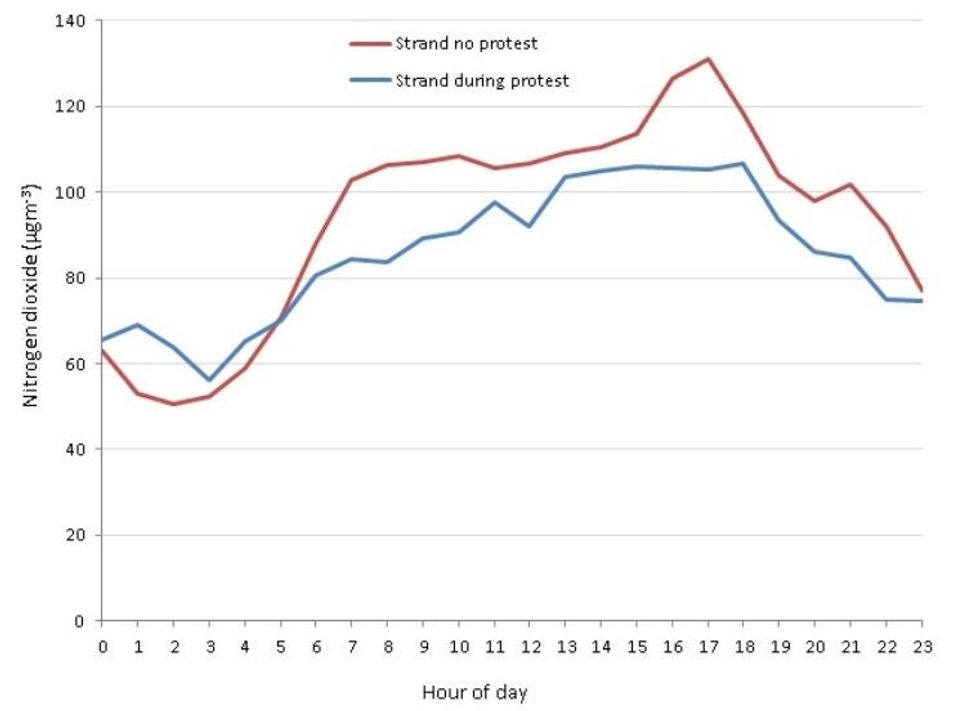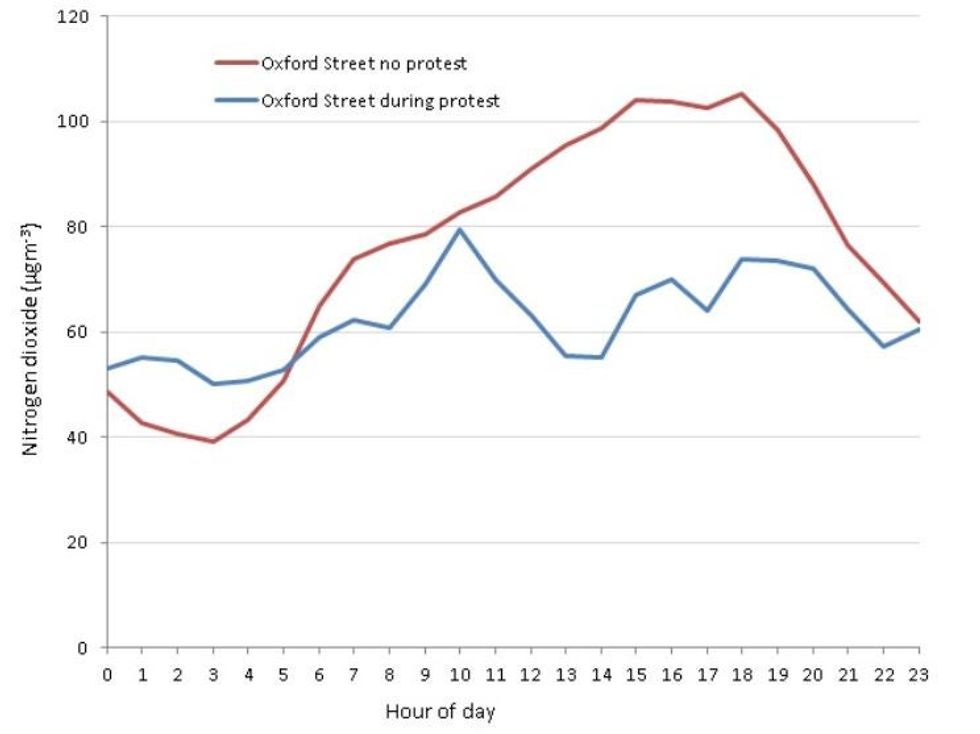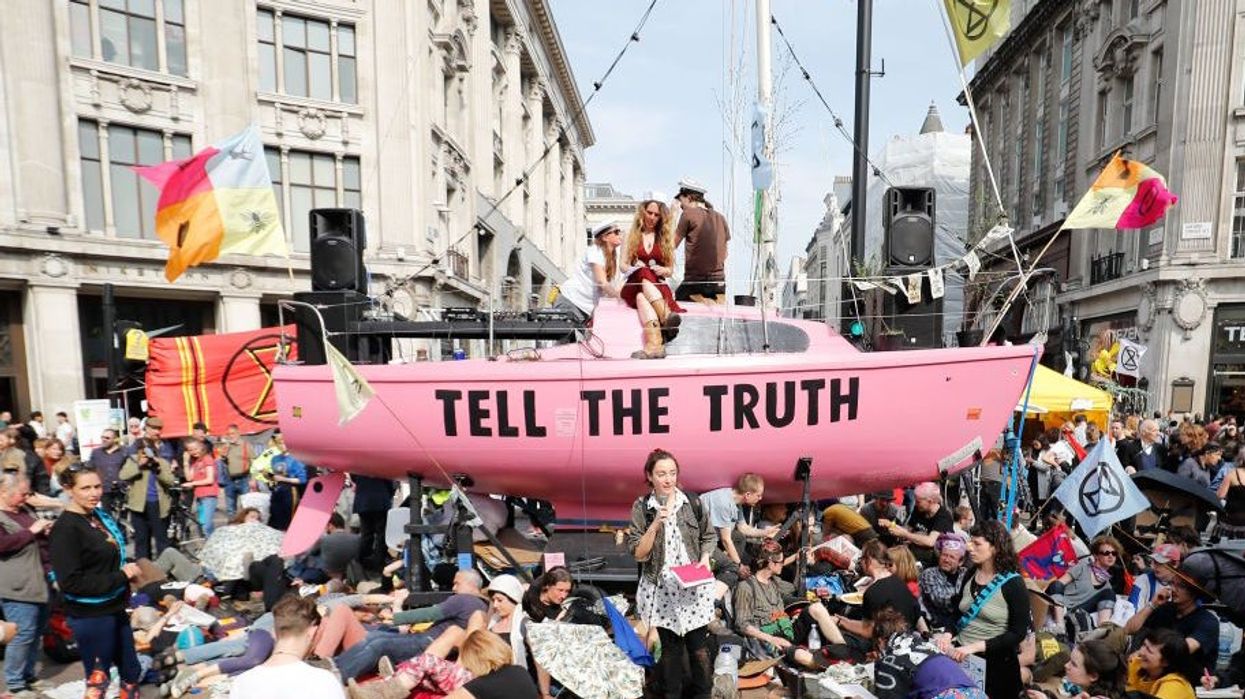News
Greg Evans
Apr 21, 2019
A study by King's College London into the quality of the air in the capital during the Extinction Rebellion protests has found that nitrogen dioxide concentrations have dropped in several locations where protests are taking place.
The group is occupying sites such as Oxford Circus, Parliament Square and Waterloo Bridge in an attempt to convince the government to declare a 'climate emergency.'
London Air, a website by the London Air Quality Network, with the information provided by King's College, began monitoring the effects the demonstrations were having on the local air quality after the protests began on Monday.
As of Wednesday, they discovered that both The Strand and Oxford Street had experienced significant drops on concentrations and improvements in certain areas.
For instance, The Strand which is connected to Waterloo Bridge was considered to have lighter air pollution than normal and nitrogen dioxide concentrations were at around 91 per cent of the usual conditions for the location.
On Oxford Street, meanwhile, nitrogen dioxide concentrations were 18 per cent lower than normal with hourly pollution concentrations down as much as 45 per cent by mid afternoon.
Two graphs released by London Air show how the respective sites compared to times when there was and wasn't a protest. Only measurements from 2016 onwards were used in order to reduce the impact of long term changes.


London Air does add that factors such as the Easter holidays taking place at the same time may have contributed to this and did find that locations such as Euston Road and Holborn noticed no change in concentrations or even an increase.
Marylebone Road, to the north of Oxford Street, did notice a drop in concentrations but locations away from central London, such as Greenwich and the North Circular experienced an increase.
In conclusion, London Air said:
None of the monitoring sites are in locations where traffic is completely blocked and reductions in nitrogen dioxide concentrations would be likely to be much larger where no traffic is able to pass at all as has been seen during other road closures.
There is little evidence of any significant increase in nitrogen dioxide concentrations in areas neighbouring those where the protests are taking place.
The difference in concentrations well away from the affected areas is inconsistent and reflects possible increases in pollution due to meteorological conditions, offset by the possible decreases in concentrations due to lighter traffic in the school Easter holidays.
Sian Berry, the co-leader of The Green Party welcomed the analysis and called for further studies in different London locations.
Extinction Rebellion's methods have won both support and criticism this week, with more than 750 peaceful protestors being arrested by police since Monday.
HT Cyclist
More: Jacob Rees-Mogg interviewed a climate change activist and it went exactly how you can imagine

Top 100
The Conversation (0)














